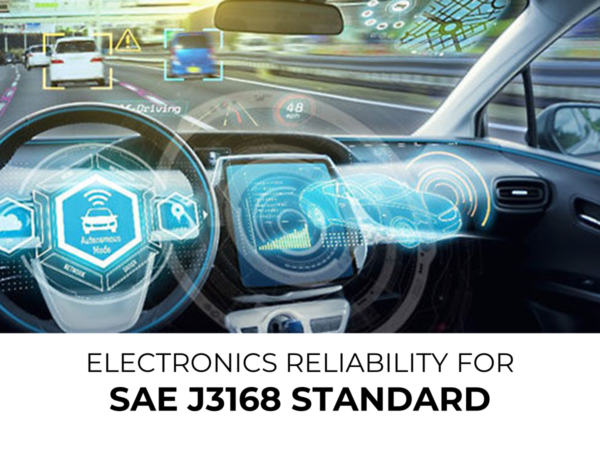Read how to apply Reliability Physics Analysis (RPA) in Ansys Sherlock to the SAE J3168 standard, covering Electrical, Electronic, Electromechanical Equipment, Modules and Components. This standard was jointly developed by the SAE Automotive Electronic Systems Reliability Standards Committee and SAE Avionics Process Management Committee, and is the first reliability physics analysis (RPA) standard developed specifically for use in the Aerospace, Automotive, Defence and other High-Performance (AADHP) industries.
Archives
Part 1: Using Simulation of Electronics Reliability to address industry standards (SAE J3168, MIL-810G, GMW3172 and/or DO-160G)

It is increasingly important for product designers to consider electronics durability and PCB reliability across the product’s entire service life – accounting for all external influences that it will experience during production, shipping, and the environment during its operation. Here we look at how simulation is used to satisfy the requirements dictated by common industry standards.
Simulation Solutions for Electronics Reliability
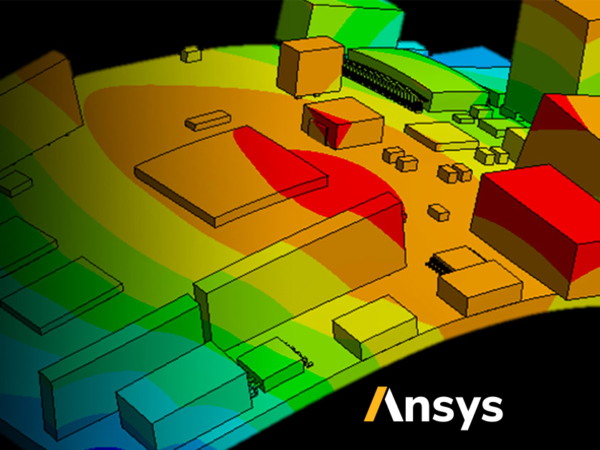
Ansys Sherlock helps automate PCB testing to accurately predict failure risks due to thermal, mechanical and manufacturing stressors using a process that is much faster than traditional simulation due to rapid ECAD translation and a component library helping you to create a complete mechanical model of your PCB.
Moving towards a Comprehensive Virtual PCB Testing Platform
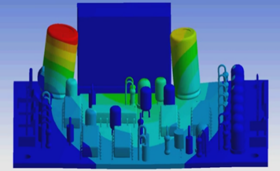
Trends such as such as Industry 4.0, the Internet of Things (IoT), drones, smart home technology and autonomous vehicles are continuing to push PCB technology to its limits. Electronics engineers are now needing to focus on more than just the electromagnetics aspects of PCB design, and are increasingly concerned about power consumption, thermal & vibration issues linked to reliability concerns in harsh environments.
Q&A with an Explicit Dynamics Simulation expert – using simulation to meet MIL standards for fatigue, crash and blast scenarios
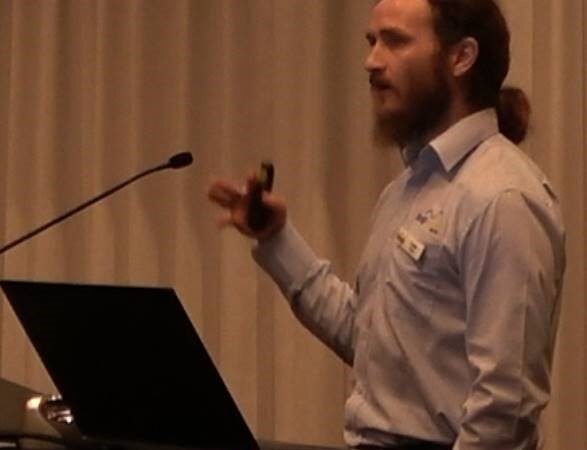
We recently sat down for a quick interview with Luke Mosse, Specialist Application Engineer at LEAP to find out more about his experience from simulating blast, crash & fatigue using Ansys LS-DYNA, Ansys Mechanical and nCode software.
Guest Blog by Monash HPR: Optimising rocket motor bulkhead using Ansys Discovery Live
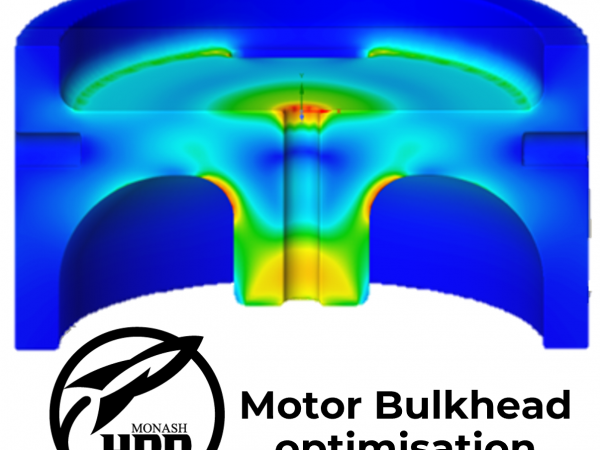
Monash HPR (High Powered Rocketry) is a student team dedicated to the design and construction of high-powered rockets to compete in the 10,000 ft and 30,000 ft categories of AURC. Read about how their use of Ansys simulation delivered 85-92% weight reduction during the design and optimisation of their rocket motor bulkheads.
Guest Blog: Micro-X mobile x-ray carts helping diagnose COVID-19

Learn how FE simulation has allowed Micro-X to undertake more rapid development of their mobile x-ray carts which are being used to help diagnose COVID-19 disease.
Q&A with a LEAP Expert: Why do people use SpaceClaim to prepare CAD for simulation?
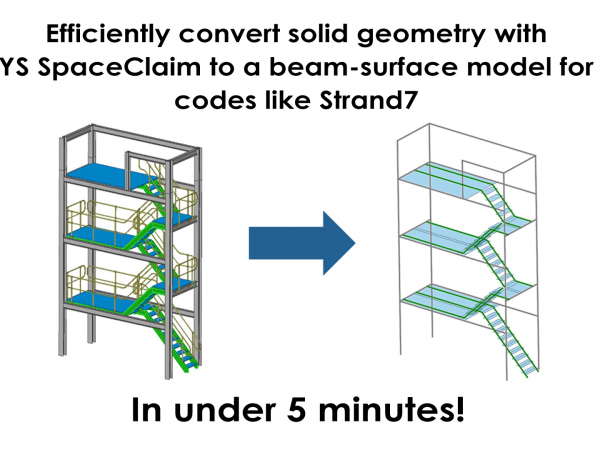
We recently sat down for a quick interview with Peter Brand, Specialist Application Engineer at LEAP to find out more about his experiences from showcasing SpaceClaim to a range of engineers from different industries across Australia & New Zealand.
Simulation & Additive Manufacturing: letting all your wildest (product design) dreams come true in front of your eyes
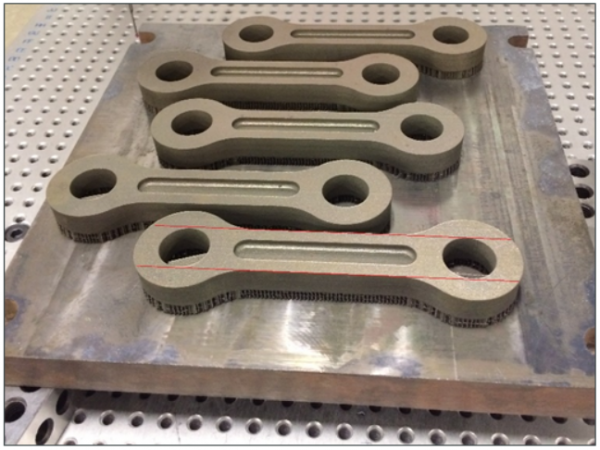
Engineers need an integrated Simulation toolset to develop and optimise safe autonomous systems
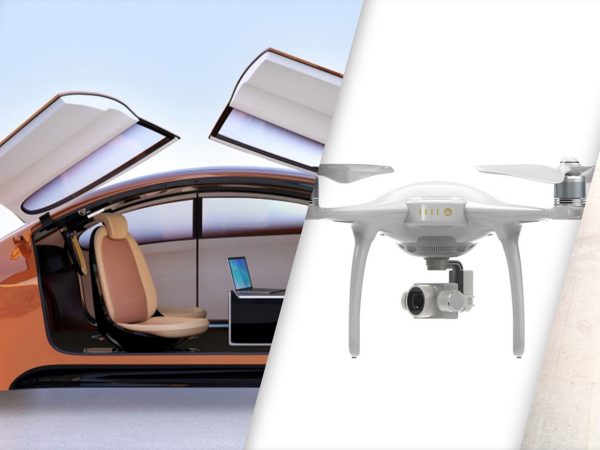
Learn how ANSYS’ integrated toolset can overcome the complex technical challenges in the development of fully autonomous systems: helping to deliver safe and reliable systems that operate efficiently in complex, changing environments. As engineers, we intuitively understand that comprehensive simulation is the only way to thoroughly consider all real-world scenarios for these systems in a fast and cost-effective way.



